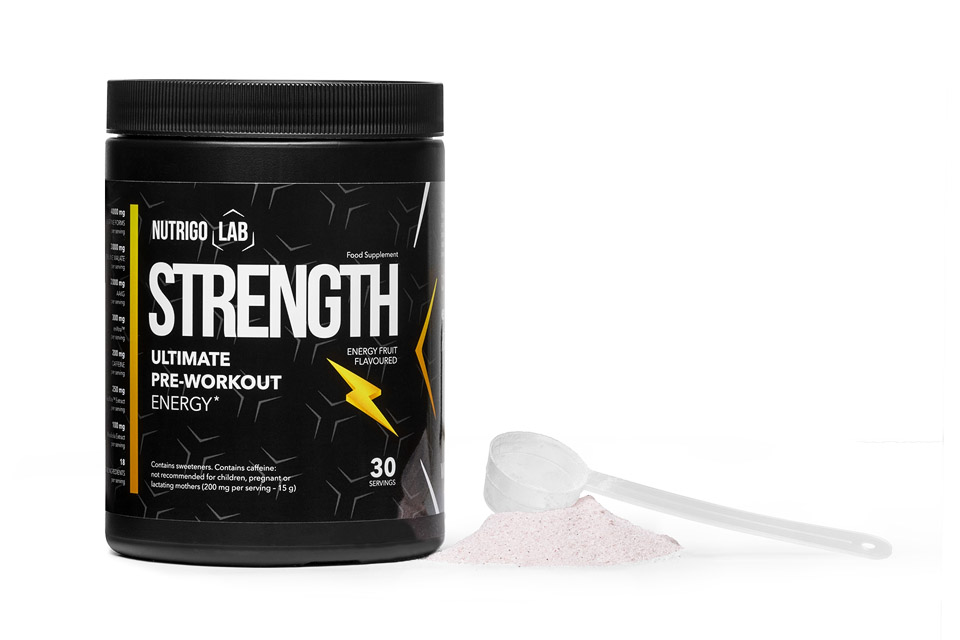Piracetam is a nootropic drug, also known as a cognitive enhancer or smart drug. It was developed in the 1960s by a Romanian psychologist and chemist named Corneliu Giurgea. Piracetam is part of a class of compounds known as racetams, which share a similar chemical structure.
Piracetam is believed to enhance cognitive function, memory, and learning abilities. However, its exact mechanisms of action are not fully understood. Some theories suggest that piracetam may influence neurotransmitter systems in the brain, improve blood flow and oxygen supply to brain cells, and enhance neuronal plasticity.
Piracetam is often referred to as the "father of nootropics" because it was the first compound to be specifically designed and classified as a nootropic substance. The term "nootropic" was coined by Dr. Corneliu Giurgea, a Romanian psychologist and chemist who also happens to be the creator of piracetam.
Dr. Giurgea introduced the concept of nootropics in the early 1970s, defining them as substances that:
- Enhance memory and learning ability.
- Improve cognitive function, particularly in situations where there is cognitive impairment.
- Have minimal side effects and a low potential for toxicity.
- Do not act as sedatives or stimulants.
Piracetam met these criteria and was the first compound to be systematically studied and recognized for its cognitive-enhancing properties. It paved the way for the development and exploration of other nootropic compounds, leading to a whole category of substances that are believed to support cognitive function and brain health.
While the term "nootropic" is sometimes used broadly to refer to various cognitive-enhancing substances, piracetam's historical significance and role in establishing the criteria for what constitutes a nootropic have led to its nickname as the "father of nootropics." However, it's important to note that the field of nootropics has expanded since then, with many different compounds and formulations being considered as potential cognitive enhancers.
Is piracetam neuroprotective?
At the level of individual neurons, piracetam influences neurotransmission across various neurotransmitter systems, such as the cholinergic and glutamatergic systems. It also exhibits neuroprotective and anticonvulsant characteristics while enhancing neuroplasticity.
The recommended dose of piracetam as nootropic
The recommended dose of piracetam as a nootropic can vary depending on individual factors and the specific goals for its use. It's important to note that piracetam is not approved as a prescription medication in many countries, including the United States, and is typically available as a dietary supplement. As such, there are no universally established dosages.
That said, when people use piracetam for cognitive enhancement or as a nootropic, they often start with a lower dose and adjust as needed. A common starting dose is typically around 1,200 to 2,400 milligrams per day, divided into two or three doses. Some individuals may gradually increase the dose to find the level that provides the desired effects without causing side effects.
It's crucial to use piracetam responsibly and consult with a healthcare professional before starting any nootropic regimen. Factors such as individual tolerance, body weight, and response to the compound can influence the appropriate dosage.
If you choose to use piracetam or any other nootropic, pay close attention to your body's response and be aware of potential side effects. Discontinue use and seek medical attention if you experience any adverse reactions. Always follow the dosing instructions provided with the product you are using, and be cautious when combining nootropics with other substances, as interactions can occur.
The time it takes to feel the effects of piracetam can vary from person to person. Some individuals may notice changes in cognitive function relatively quickly, while others may require more time. Here are some general considerations:
- Immediate Effects: Some users report experiencing subtle effects shortly after taking piracetam, such as improved focus, alertness, or mental clarity. These effects can sometimes be noticeable within a few hours of consumption.
- Cumulative Effects: Piracetam's full cognitive-enhancing potential may not become apparent until it has been taken consistently over several days or weeks. It is thought to work by influencing neurotransmitter systems and neural plasticity, which may require time to optimize.
- Individual Variation: Individual responses to piracetam can vary significantly. Some people may be more sensitive to its effects and notice improvements sooner, while others may require a longer period of use to perceive any changes.
- Dosage and Stacking: The dose of piracetam used can also affect the onset of its effects. Some individuals may need to adjust their dosage to find the optimal level for their specific needs.
- Other Factors: Various factors, including diet, overall health, and individual differences in brain chemistry, can influence how quickly someone feels the effects of piracetam.
It's essential to approach nootropics like piracetam with realistic expectations, as the effects can be subtle and may not be dramatic or immediate for everyone. Additionally, piracetam's effectiveness and safety for cognitive enhancement are still subjects of ongoing research and debate.
If you're considering using piracetam or any other nootropic, it's a good idea to keep a journal to track your experiences and any perceived changes in cognitive function. This can help you better understand how the substance affects you personally and whether it provides the desired benefits.
Tip: for better result use a choline source with your piracetam intake, ratio 1:2 to 1:4, for example: 4 to 5 eggs per day with 1600 mg of piracetam.
What are the other racetams?
The racetam family of compounds includes several derivatives of piracetam, each with its own unique properties and potential cognitive-enhancing effects. Here are some of the more well-known racetams:
Aniracetam: Aniracetam is known for its potential to improve memory, creativity, and mood. It is believed to modulate certain neurotransmitter receptors, including those for acetylcholine and glutamate.
Oxiracetam: Oxiracetam is thought to enhance cognitive function, particularly in the areas of memory, attention, and logical thinking. It may also have stimulant-like effects.
Pramiracetam: Pramiracetam is often considered one of the more potent racetams and is known for its potential to improve memory and concentration. It is believed to modulate acetylcholine receptors.
Nefiracetam: Nefiracetam is less well-known than some other racetams but has been studied for its potential cognitive-enhancing effects. It may have a role in improving memory and attention.
Coluracetam: Coluracetam is relatively new and has shown potential in animal studies for enhancing memory and mood. It is believed to influence choline uptake in neurons.
Fasoracetam: Fasoracetam has been studied for its potential to improve cognitive function, particularly in relation to attention and focus. It may also influence certain neurotransmitter receptors.
Nebracetam: Nebracetam is another lesser-known racetam that has been studied for its cognitive-enhancing properties, particularly in the context of memory improvement.
It's important to note that while racetams like piracetam and its derivatives are commonly used as nootropics and are available in some countries as dietary supplements, the scientific evidence supporting their effectiveness can be mixed, and their regulation varies by location.
What is phenylpiracetam?
Phenylpiracetam, also known by its brand name Phenotropil, is a nootropic compound that belongs to the racetam family. It is a derivative of piracetam, with an added phenyl group molecule attached to the piracetam structure. This modification is believed to increase the compound's bioavailability and potency.
Phenylpiracetam is primarily used for its potential cognitive-enhancing effects. Some of its reported benefits and uses include:
Improved Cognitive Function: Users claim that phenylpiracetam may enhance memory, learning ability, focus, and concentration. It is often used by students and individuals seeking cognitive enhancement.
Enhanced Physical Performance: Phenylpiracetam is sometimes used by athletes and bodybuilders for its potential to improve physical stamina and endurance. Some believe it can increase tolerance to cold weather and altitude.
Stimulation and Wakefulness: It is known for its stimulating properties and is believed to increase alertness and wakefulness without causing excessive nervousness or jitteriness.
Neuroprotective Properties: Some research suggests that phenylpiracetam may have neuroprotective effects and could potentially benefit individuals with cognitive decline or neurological disorders.
It's important to note that while many people report positive effects from phenylpiracetam, its safety and efficacy are still subjects of ongoing research, and it is not approved as a prescription medication in many countries, including the United States.
The recommended dosage of phenylpiracetam can vary, but typical doses range from 100 to 200 milligrams per day, divided into two or three doses. It's essential to start with a lower dose and gradually increase it while closely monitoring how your body responds.














.png)







.png)
.png)
No comments:
Post a Comment